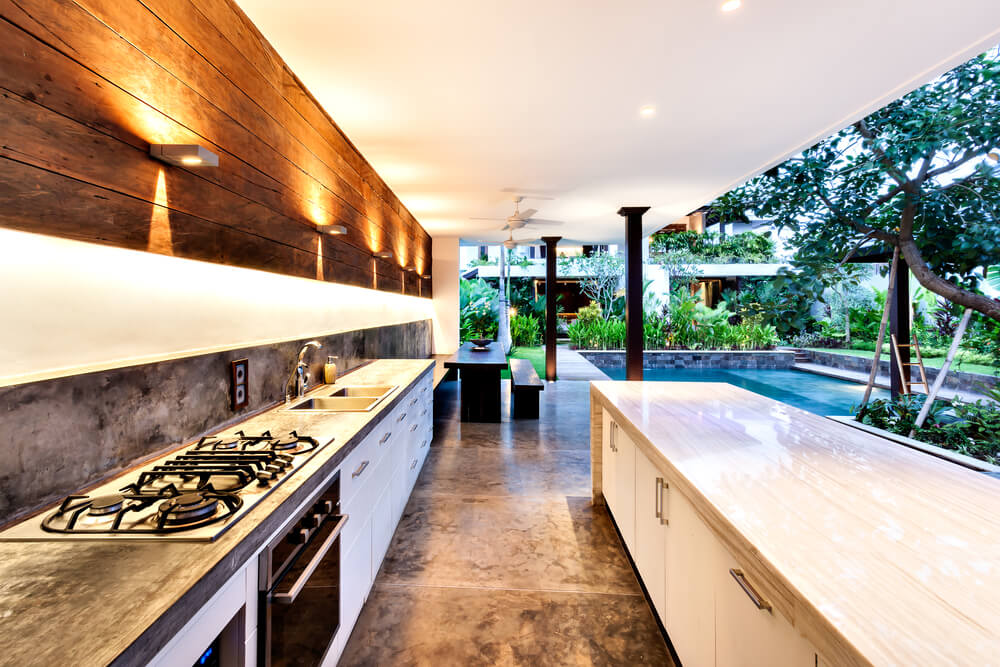
With summer still a few months away, there’s no better time to start putting your dreams of building an outdoor kitchen into reality. But, with so many options out there, making the actual plans for the layout, appliances you want to include, and other features can be daunting.
Fortunately, there is no one-size-fits-all when it comes to outdoor kitchens, so you can customize your setup however you’d like. While you’re in the planning phases of your new outdoor kitchen build, consider including these four elements to maximize the functionality of your space.
1. Quality Appliances
For starters, you should invest in high-quality outdoor appliances for the best convenience and functionality. This might include appliances like:
- Grills
- Refrigerators
- Sinks
- Outdoor-rated dishwashers
Consider the essential appliances you require in your indoor kitchen, and make plans to include them in your outdoor one.
When it comes to purchasing the specific appliances and equipment for your outdoor kitchen, do your research to choose durable fixtures and finishes that are resistant to corrosion and rust since they will be exposed to the elements year-round.
2. Weatherproof Cabinets & Storage
You need cabinets that can withstand rain, snow, and UV exposure without cracking, warping, or deteriorating after one season. No matter where you live or the type of weather your outdoor space has to endure, investing in weatherproof outdoor kitchen cabinets is a wise choice.
Not all cabinetry is designed for outdoor use, so pay special attention to the materials and make of the cabinets you want to install in your new kitchen. More specifically, we consider solid high density polyethylene (HDPE) the best material for outdoor cabinets given its performance and durability qualities.
Don’t stop at just cabinetry. Any functional kitchen requires proper storage space for pots and pans, grilling tools, and other accessories. So, make sure you include weather-resistant storage in your outdoor kitchen plans as well.
3. Adequate Dining Space
While you’re making plans for where your cabinets and appliances will be placed, make sure you’re leaving enough space for a dining area. In many cases, you’re building an outdoor kitchen because you want a place to dine and entertain al fresco, so you need to include a seating area large enough to accommodate family and friends comfortably.
With this, consider the flow of traffic and accessibility to cooking and prep areas when designing your layout. You don’t want the space to feel too cramped, but you still want to include all the essentials so your outdoor kitchen feels complete.
4. Climate-Specific Features
Though there are some general fixtures and elements that everyone should include in their outdoor kitchen, there are also some more unique and custom accessories that you might want to consider depending on the climate where you live.
For instance, if you live in a warmer climate, you will want to include structures to provide shade such as pergolas or awnings if they’re not already built into your outdoor space. Other elements like outdoor fans or misting systems can be a wonderful addition to help you enjoy your outdoor kitchen all summer long.
If you live in a colder area, there are features you can add to help extend your outdoor cooking season like adding a firepit or heating lamps to keep you and your guests warm when entertaining outside.
